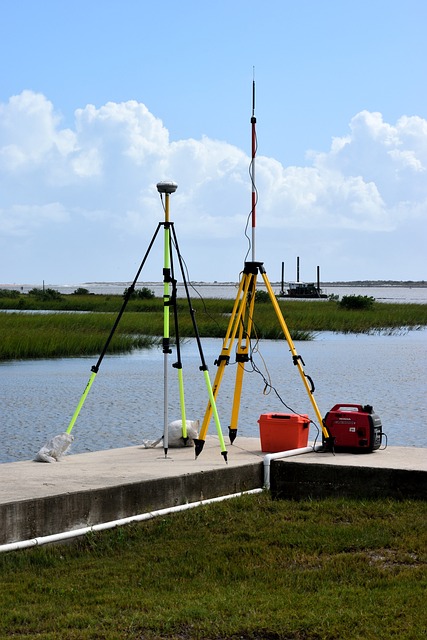Building Inspection in Melbourne may conduct pre-construction plans and blueprint inspections before work commences, and monitor progress throughout the building process to make sure everything meets safety regulations.
They identify any code violations and noncompliance issues, then provide guidance to stakeholders about how best to rectify them – working alongside contractors, architects, and property owners as appropriate.
Table of Contents
Electrical- Building Inspection
Electricity operates quietly in our homes, so it can be easy to forget that its wires require regular inspection. Inspecting them helps to ensure they’re safe and secure as well as identify signs of degradation early.
Allows for timely repairs that could potentially prevent malfunctions or fires from erupting, while helping lower home insurance premiums as many providers now mandate periodic electrical inspections as part of their policies.
Building inspectors often must scale ladders or enter restricted spaces, taking precautionary measures for their own safety and that of others. Furthermore, they must accurately assess construction sites with differing terrain and conditions as well as collaborate and communicate with contractors, architects, engineers, property owners, and others to address code compliance issues and provide guidance. Building inspection services fall under NAICS Code 541350 for the Professional, Scientific, and Technical Services sector of business activities.
Plumbing- Building Inspection
Building inspections often require plumbers to climb ladders or enter restricted spaces, necessitating personal safety precautions and adhering to relevant health and safety regulations. Furthermore, detailed notes must be taken and inspection reports completed in order to address code violations or other concerns with contractors, architects, engineers, or property owners.
They can help determine the appropriateness of a workplace layout for an application or project by using diagrams to identify equipment and machinery locations, air ducts, aisles, stairways, emergency exits, and fire safety measures. Furthermore, photographs can be used to illustrate their findings in their inspection reports.
Commercial inspections focus on energy efficiency, accessibility features, structural integrity issues such as abandoned live wires or subpar plumbing; potential structural flaws like poor plumbing; and hidden electrical boxes may also be checked for. A thorough commercial-type inspection helps avoid costly repairs while improving investment quality; especially important when buying existing buildings.
Framing
Building inspectors evaluate homes and commercial structures from their foundation up, to ensure that they comply with zoning regulations while remaining safe for residents or employees. They assess plans and blueprints before construction begins, then follow up during its progress to make sure workers are following proper procedures. In addition, building inspectors check structural elements like floor and ceiling joists well as the grade and spacing of roof timber as well and fire safety necessities like staircases and emergency exits to ensure compliance.
Engineers and architects serve as community resources, offering advice and clarifying codes and construction practices. Engineers work closely with contractors and architects in addressing any code-related concerns that arise.
Inspection schedules of new construction and aging infrastructure across the country can become congested. But modern government technology like GovInspect enables inspectors to streamline their work more quickly. With its digital inspection process, inspectors no longer require pen and paper; all information can be entered directly on mobile apps rather than having to return back to the office later for data entry into spreadsheets.
Exterior
Building inspection services provide commercial properties with many exterior services, including facade inspections. These inspections help ensure the exterior of your building meets with code and is safe for visitors to walk around and interact with. They can also make the building more energy efficient to save on heating and cooling costs.
Other exterior inspections include safety testing of stairs, railings, landings, and ramps to detect problems that could lead to injuries or loss of control and assist you with their resolution before they cause issues. A building inspector can also perform structural damage assessments on the exterior of your building to make sure that it can withstand weather changes without becoming an issue.
Building inspection services can assist your project in meeting permit requirements, keeping it on schedule, and avoiding delays. They also provide objective information about a property’s condition so you can negotiate better pricing with buyers.
Interior
Interior building inspections cover walls, floors, and other spaces within buildings. It entails inspecting wiring, electrical equipment, HVAC systems, and more to determine compliance with building codes – particularly in new homes or locations undergoing renovation. It also addresses safety-related concerns, such as ground fault circuit interrupters (which protect against electrocution or electric shock) in rooms like bathrooms, offices, garages, and kitchen spaces.
Conclusion
Building inspectors play a crucial role in the construction industry by reviewing plans and permits and identifying code violations to ensure projects align with regulatory standards for structural integrity, fire safety, accessibility, and environmental health. While working independently most often they may collaborate with construction professionals and stakeholders in resolving issues and providing clarification regarding information. They may need to climb ladders and access restricted spaces so must adhere to safety protocols while working under various weather conditions.










